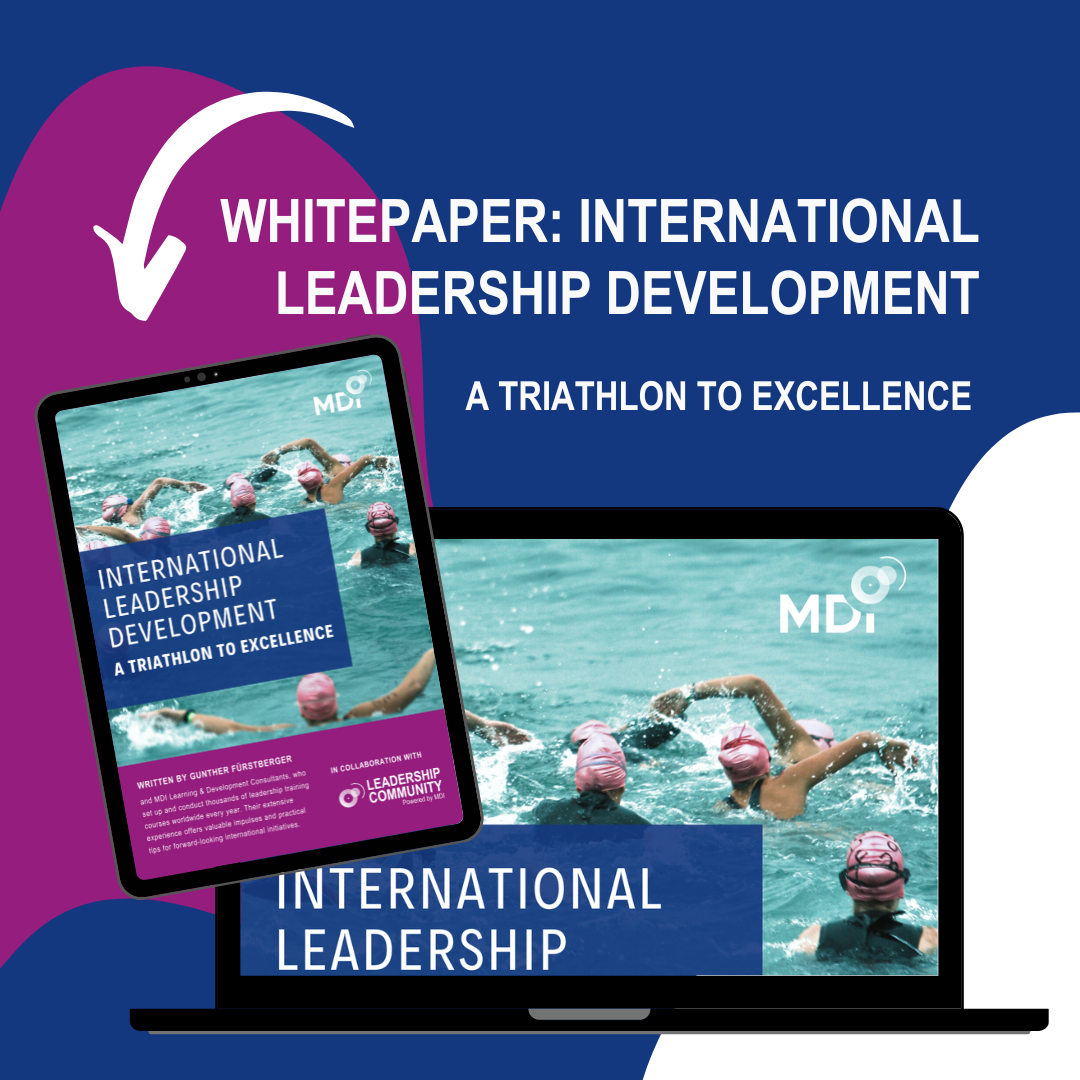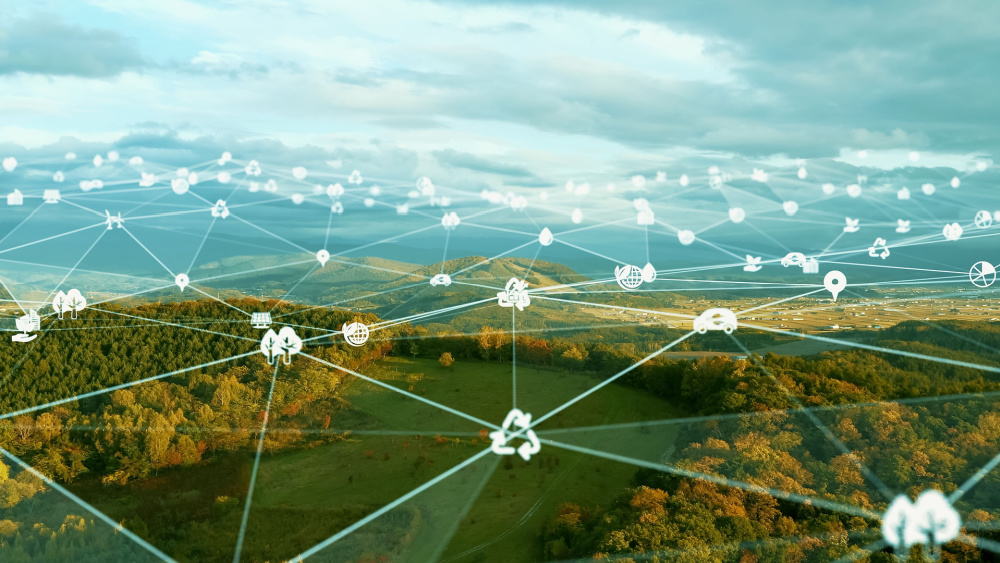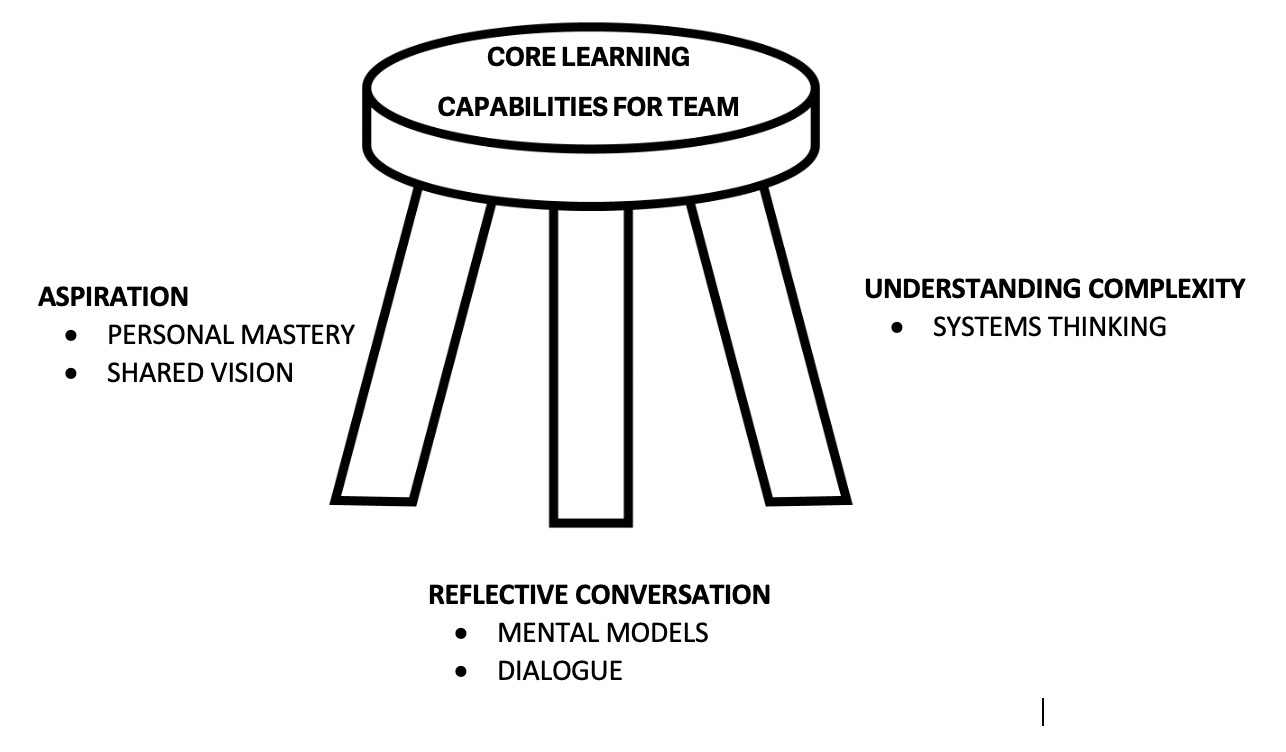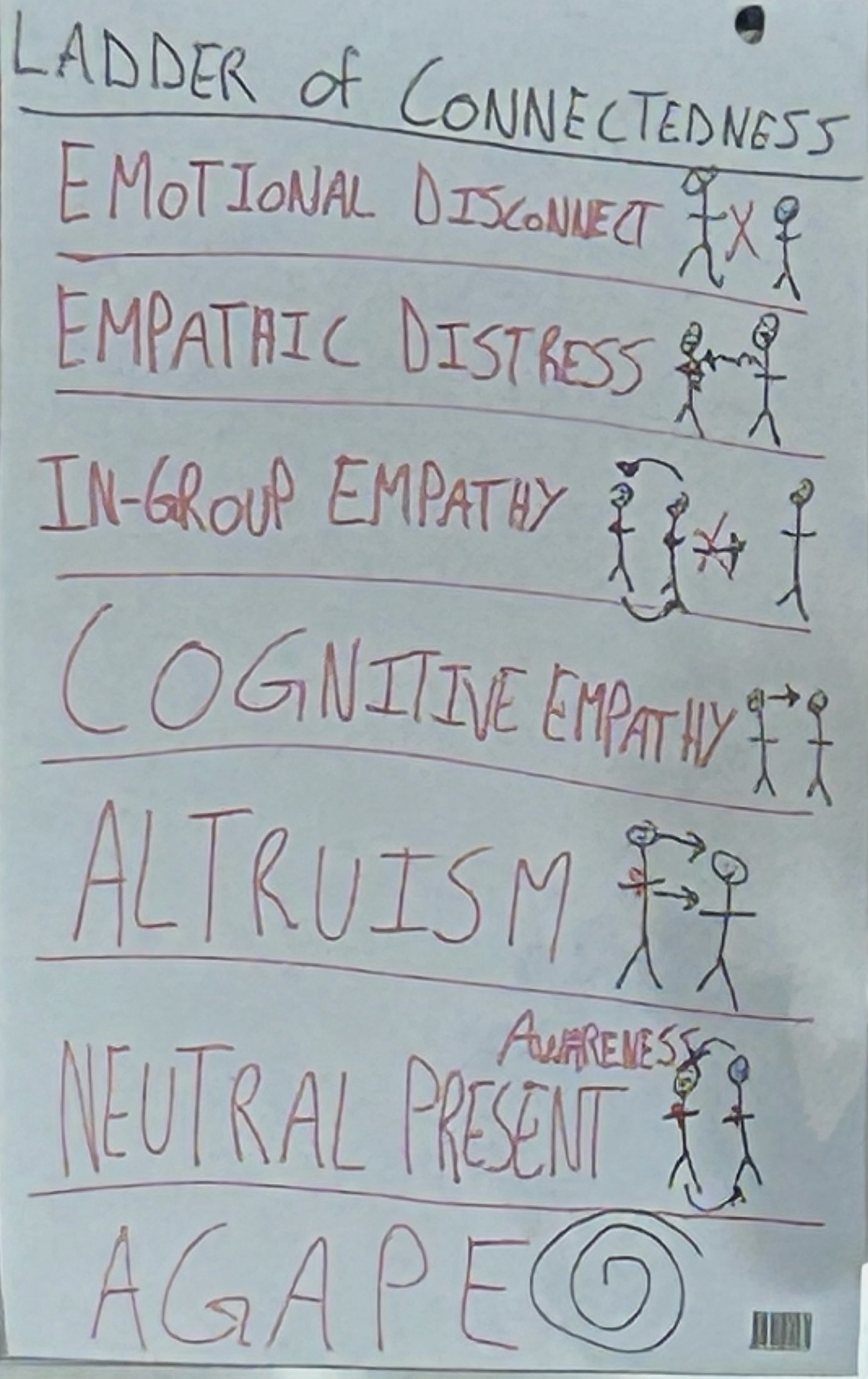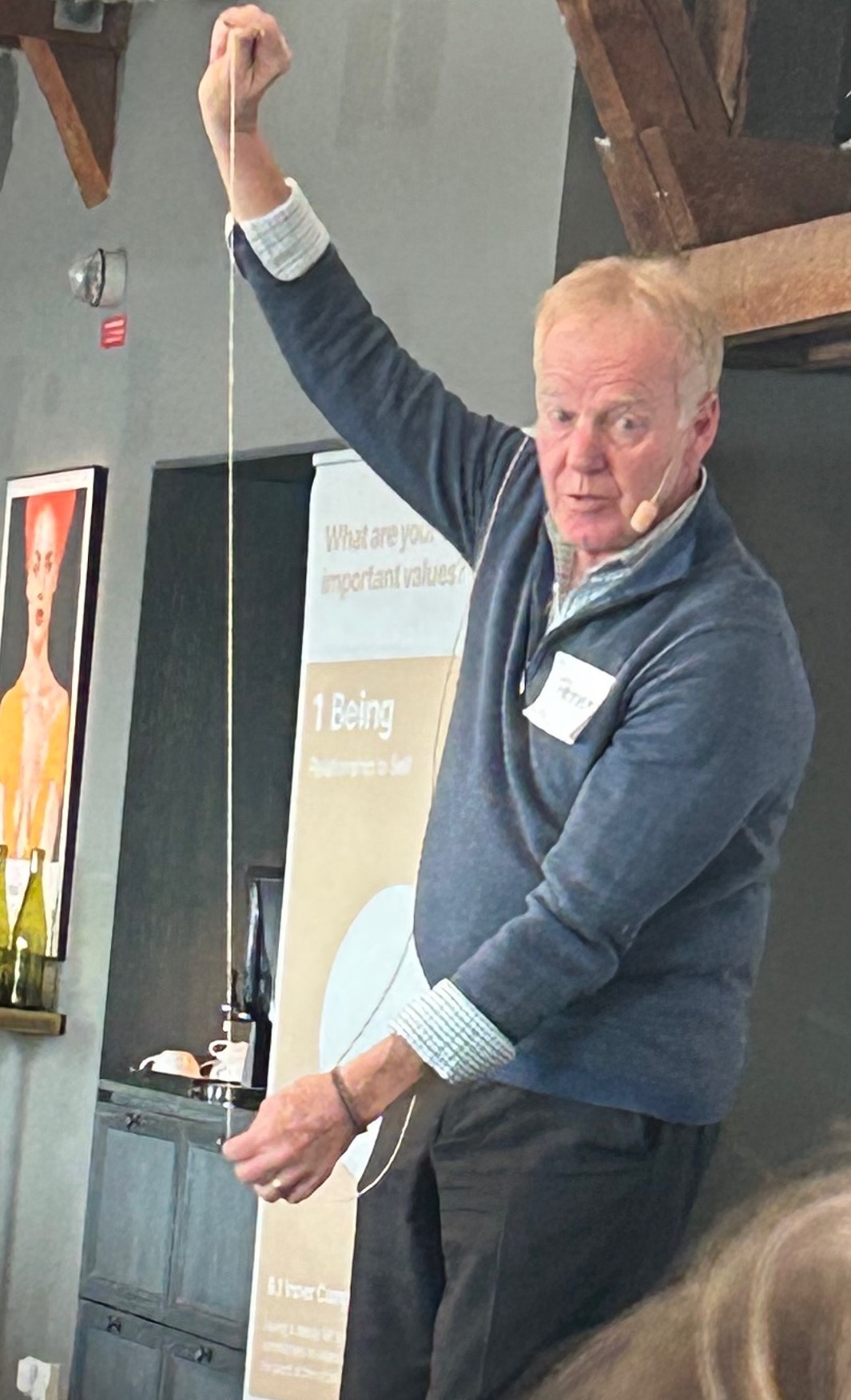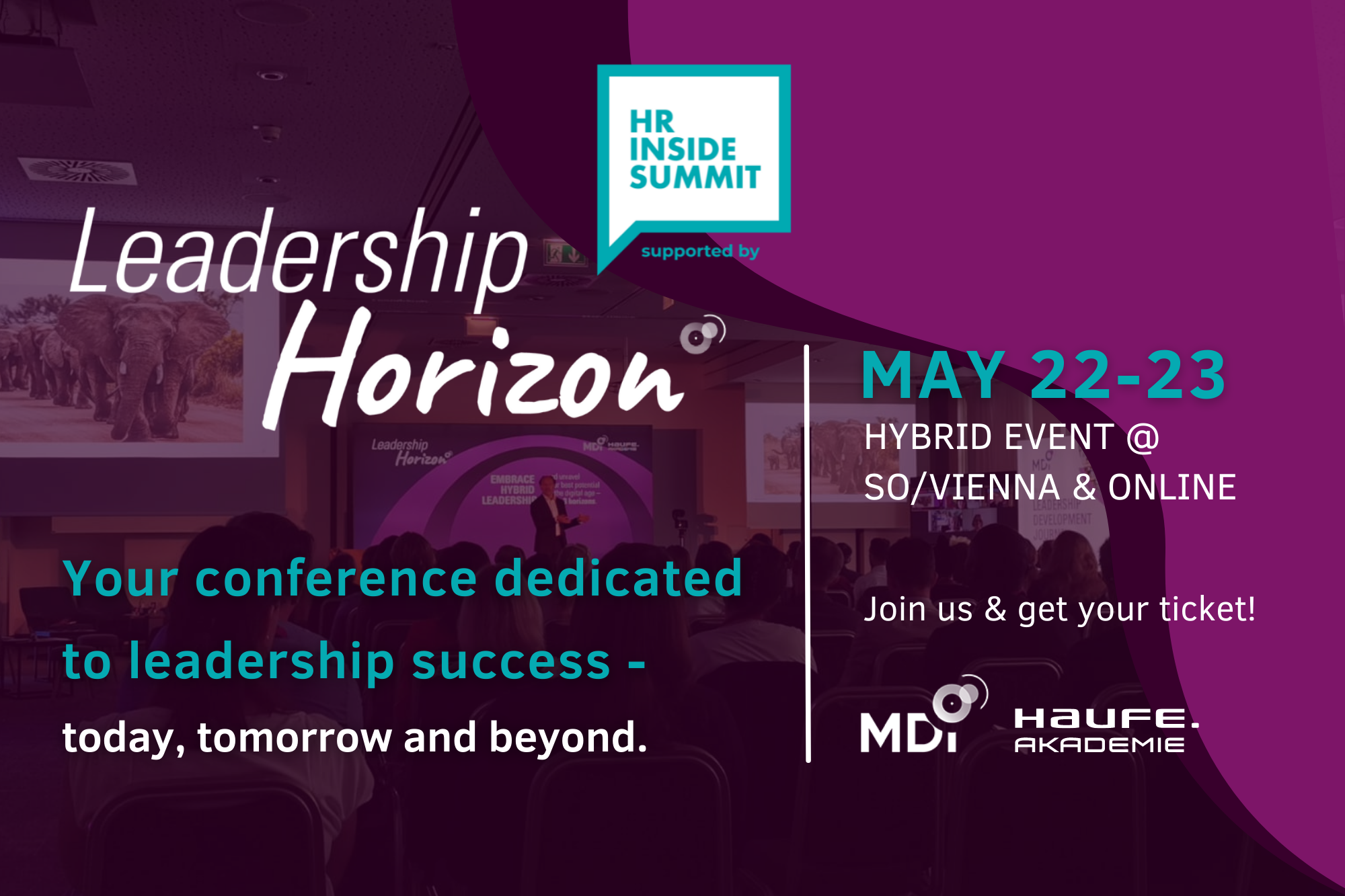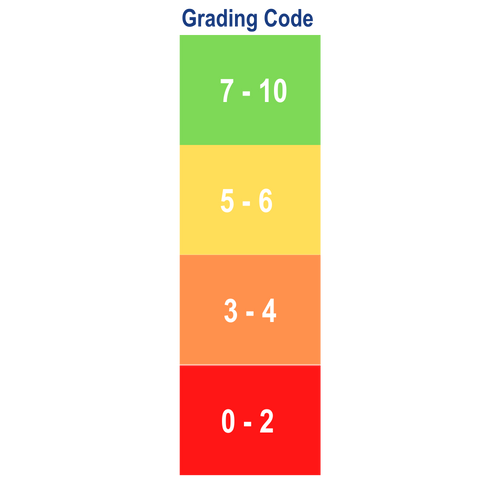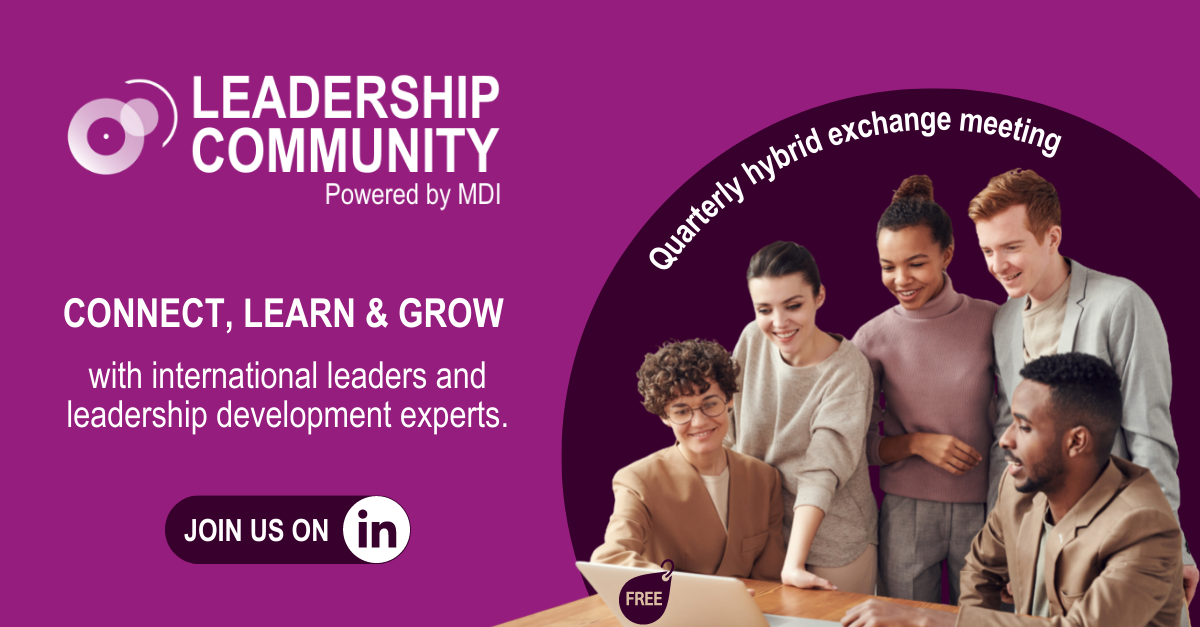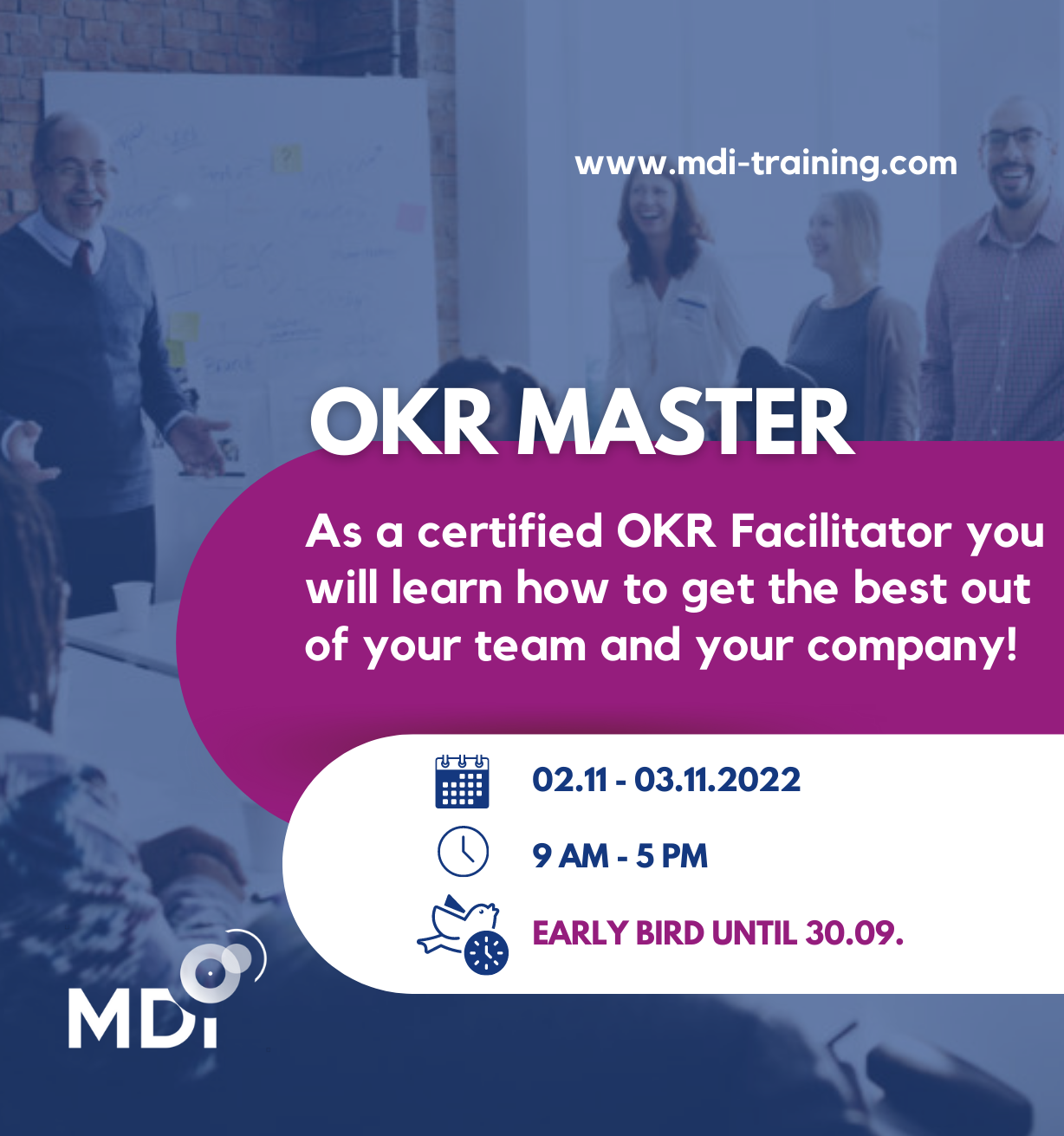
AI as a Co-Trainer in Leadership Development
Artificial Intelligence as a Co-Trainer in Leadership Development
Do you prefer to listen to this blog article? Click below to access our AI-generated version.
Artificial Intelligence as a Co-Trainer in Leadership Development
In a world that is constantly evolving, we at MDI always strive to be at the forefront of finding innovative ways to promote and sustainably improve leadership development.
Our collaboration with the MDI AI co-trainer “AICo” represents an exciting step in this direction. This ongoing experiment allows us to explore the role of artificial intelligence in leadership development and understand its impact on our participants. It’s about making the future of leadership training even more sustainable.
In this interview, we are pleased to share our initial experiences and insights from this exciting phase. We have asked some of our outstanding MDI partners to reflect on their experiences and observations. Together we will explore how the AI co-trainer has the potential to bring about a revolutionary change in leadership development.
What exactly is and does an AI Co-Trainer?
An AI co-trainer represents artificial intelligence (AI) that works together with human trainers to optimize the learning experience and learning success. I positioned a fabric owl as a symbol in the center of the seminar room and introduced it with the name AICo (Artificial Intelligence Co-Trainer). Seminar participants can ask AICo questions at any time. And I also regularly include AICo in the training.
How has the use of the AI Co-Trainer influenced your leadership development training?
I’m still in an early experimental phase, but the experience so far makes me want to do more. AICo helps in the preparation, implementation, and follow-up of a seminar. During preparation, AICo saves time in creating and updating seminar material. During the implementation, we let AICo ask e.g. ChatGPT4 if I am not sure as the main trainer.
2 current participant questions as an example: “Can the DISG typology of the sender be recognized by the wording of an email?” “Can I ask AI to reformulate my email to suit my DISC type?” AICo’s answers were convincing and fun. For the transfer phase, participants are given the task of performing a role play, for example, to consolidate what they have learned.
What challenges were better overcome thanks to the AI co-trainer?
I see the biggest challenge and opportunity in the fact that learning and adult education are being fundamentally transformed by artificial intelligence. The a-synchronous part is constantly growing and learning experiences are being tailored to the individual with AI.
The personal encounter in the seminar room will continue to have its place due to our social needs. With AICo, we can also make good use of some of the advantages of AI in face-to-face meetings. For example, AICo opened and closed a 3-day seminar with a really good 8-line poem on the seminar topic of “Lateral Leadership”.
What positive effects has the use of the AI Co-Trainer had on the training participants?
There is still the novelty and surprise effect, which leads to curiosity and therefore a willingness to learn. It also brings something playful into the room and we know that playing and learning go hand in hand. Other effects were
- Gaining knowledge
- Interest in experimenting more with AI ourselves
- Energy management, e.g. through the music playlist selected by AICo or relaxation exercises that match the topic

Can you share examples of situations in which the AI co-trainer was particularly helpful?
Another example is that I was able to get tips on how best to interact with the group based on a seminar group description. So AICo helped me to resonate even better with the group.
Are there specific areas where the AI Co-Trainer works particularly well or where there is still room for improvement?
The AI co-trainer is particularly helpful with participant questions to bring in a different perspective based on analyzing large amounts of data and to provide variety. I see room for improvement in the interaction interface.
An interface that enables voice input and output with the entire group, similar to Alexa, would of course be more elegant and can certainly be implemented soon.
At the moment, I am still acting as a “translator”, and shared access for the entire group to a program like ChatGPT with shared visualization would also be the next step. However, crystal-clear transparency and trust must be ensured that data is handled in the interests of the participants and the companies to which they belong.
The documentation can be left to an AI meeting assistant such as Otter.ai. However, the consent of all relevant stakeholders, such as the commissioning HR department, must be obtained.
How did the participants react to the AI co-trainer? Did you receive feedback from them?
Mostly with curiosity, fascination, and fun. At the same time with respect and uncertainty about where the AI journey will take us.
Which tools and functions of the AI Co-Trainer have proven to be particularly valuable for leadership development?
ChatGPT4, DeeplPro, Youtube playlists, image generators.
To what extent has your way of teaching and learning changed or expanded as a result of the AI Co-Trainer?
I see AICo and myself as a team and try to combine our different strengths. AICo has access to much more know-how, I concentrate on the interaction with the group and the overall control/facilitation.
Can you imagine integrating the AI co-trainer into your leadership development training courses in the long term? Why or why not?
AICo is now permanently engaged. People will not be replaced by AI but by people working with AI. This is especially true for the training industry. As the head of a leadership development provider, I am passionate about seizing the AI opportunity with a sense of responsibility.
Have your training materials or content changed as a result of working with the AI co-trainer?
Yes, in text, PPt, and image generation, and also by responding to inspiration from AICo. However, I think it’s essential that human creativity retains a high proportion.
What tips or advice do you have for others who are thinking about using an AI co-trainer in their leadership development training?
Just get started and keep pausing to reflect on the risks as well as the opportunities.

Mag. Gunther Fürstberger
CEO | MDI Management Development International
Gunther Fürstberger is a management trainer, author and CEO of Metaforum and MDI – a global consulting company providing solutions for leadership development. His main interest is to make the world a better place through excellent leadership. He has worked for clients including ABB, Abbvie, Boehringer Ingelheim, DHL, Hornbach, PWC and Swarovski. His core competence is leadership in digital transformation. He gained his own leadership experience as HR Manager of McDonald’s Central Europe/Central Asia. At the age of 20 he already started working as a trainer.

